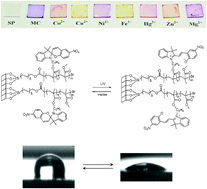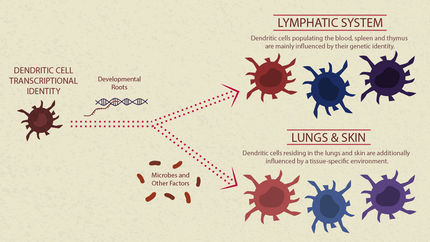Brushing up on sensors
Jason Locklin and his colleagues from the University of Georgia have developed covalently bound polymer brushes that can bind metal ions when irradiated with UV light. The polymer brushes, containing spiropyran moieties, were synthesised using atom transfer radical polymerisation (ATRP).

Spiropyrans are a group of photo-switchable organic molecules whose light induced cleavage of the spiro C-O bond results in switching between a colourless closed form and a strongly coloured open form. The binding is completely reversible, and can be switched using visible light. The binding also affords a drastic change in surface wettability and allows for switching between hydrophobic and hydrophilic states.
‘Developing sensors that are reversible and also extremely sensitive is one potential challenge. The binding has to be sufficiently weak to achieve reversibility. We plan to pursue improved techniques to push the detection limit of the sensors, possibly by using fluorescence as detection strategy,’ adds Locklin.
Original publication: Kristen Fries, Satyabrata Samanta, Sara Orski and Jason Locklin, Chem. Commun., 2008.
Most read news
Organizations

Get the analytics and lab tech industry in your inbox
By submitting this form you agree that LUMITOS AG will send you the newsletter(s) selected above by email. Your data will not be passed on to third parties. Your data will be stored and processed in accordance with our data protection regulations. LUMITOS may contact you by email for the purpose of advertising or market and opinion surveys. You can revoke your consent at any time without giving reasons to LUMITOS AG, Ernst-Augustin-Str. 2, 12489 Berlin, Germany or by e-mail at revoke@lumitos.com with effect for the future. In addition, each email contains a link to unsubscribe from the corresponding newsletter.























































